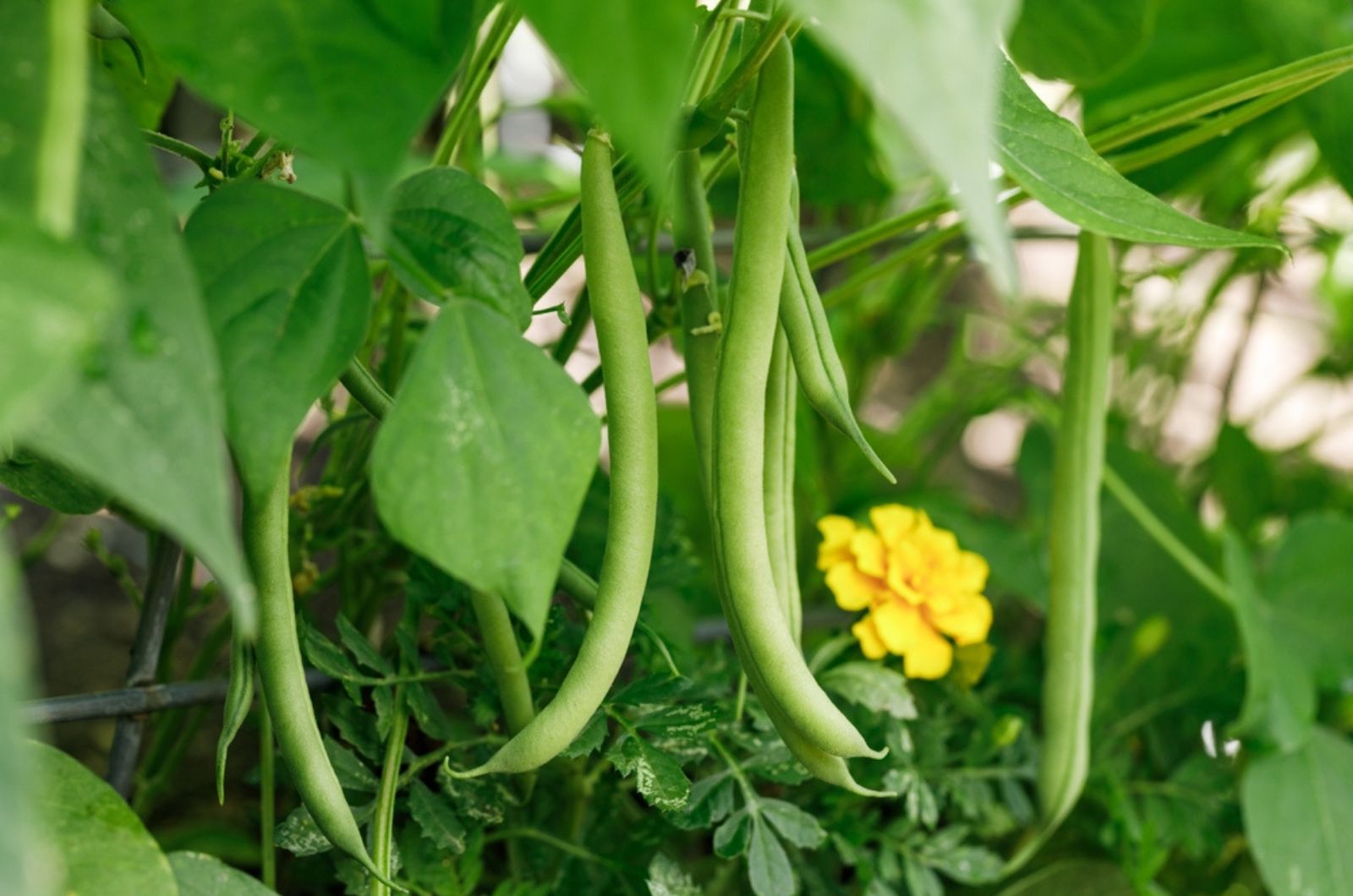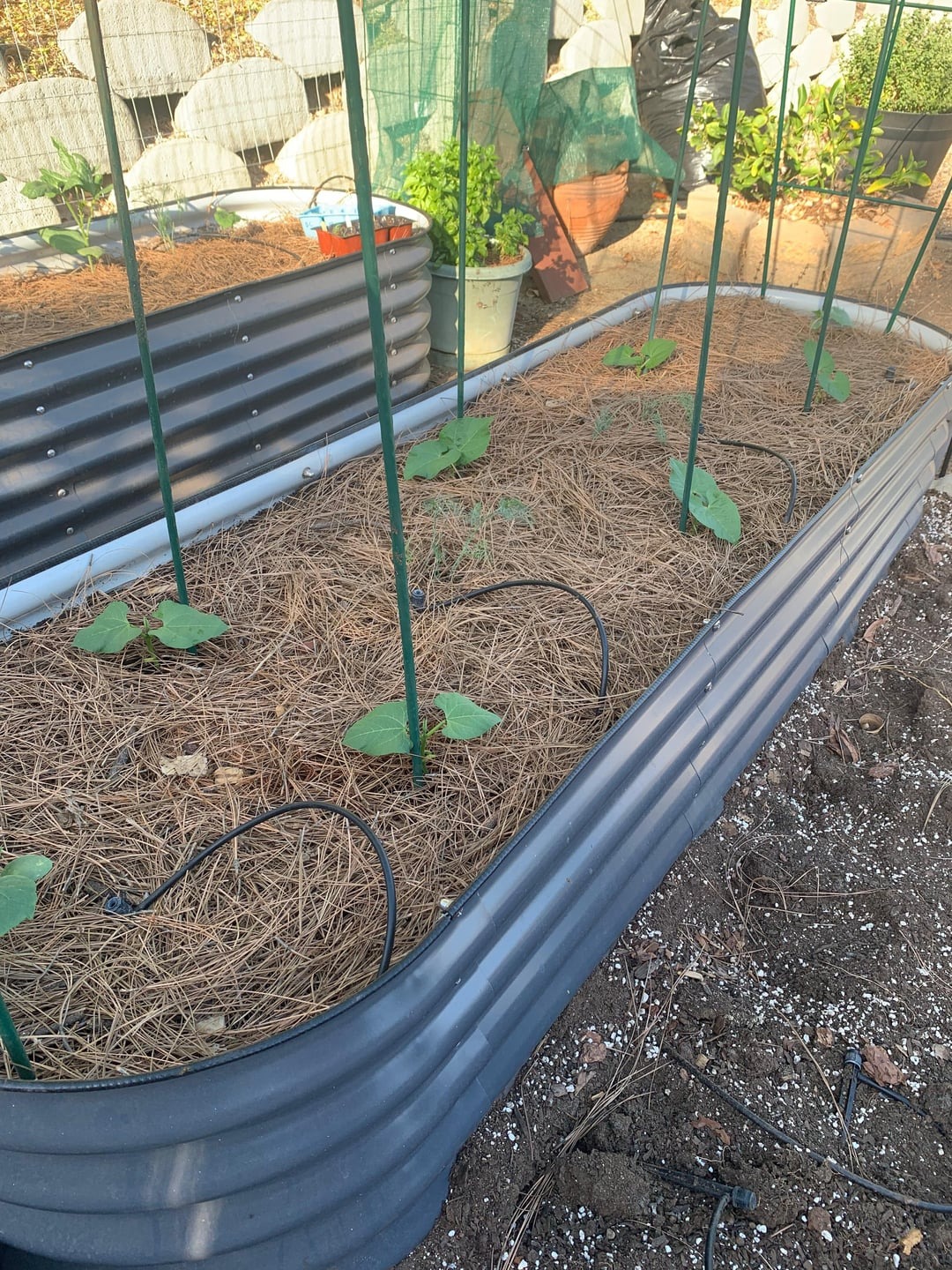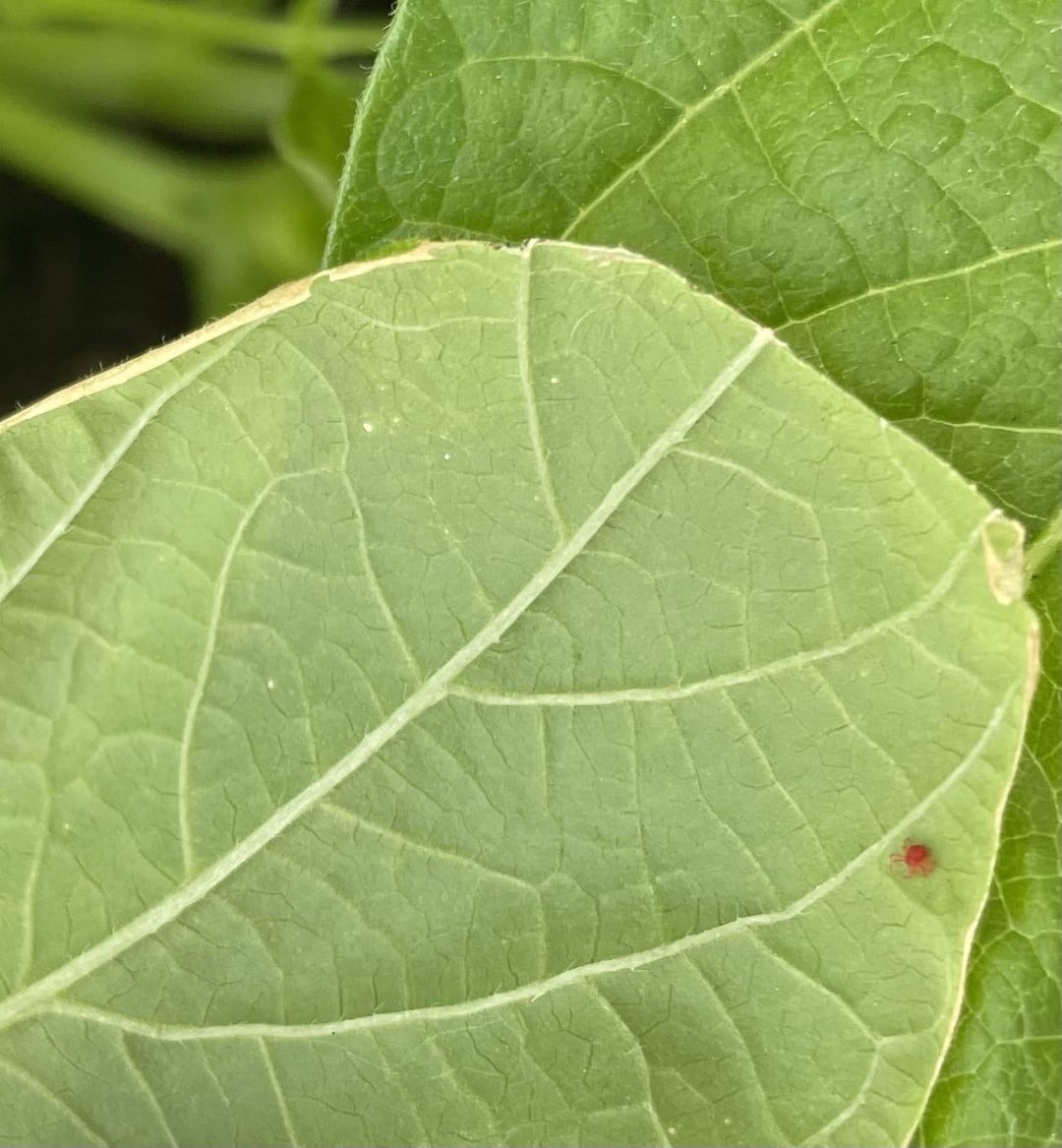Hey there, bean lovers!
Anyone with good conditions in their garden will gladly plant beans. I’ve been growing this vegetable for years, and it’s a favorite dish to prepare in my kitchen during autumn! Have you planted them in your garden, too! The summer can’t pass without beans, right?
Like with most crops, complications can happen. These tough moments come as a temptation for gardeners. The question is, will you give up or fight till the end and help your plants?
When it comes to beans, the most common issue can be yellow leaves. I had a problem with this last season but I learned from my mistakes. Ever since then, my beans have never looked better and healthier.
If you want to grow perfectly healthy veggies too, just follow these steps. There won’t be a trace of yellow leaves!
Let’s go!
#1 Watering Beans More Than You Should
The first mistake I made was with watering. I thought my beans would need a lot of water, so I gave it to them, and that, my friends, didn’t end well! After a few days, yellow leaves appeared!
It’s ideal to water them twice a week because more than that will be terrible for your beans. If you happen to soak them with water by accident, there’s no need to panic.
Just wait for the soil to be completely dry, then don’t water the beans for a few days. After that, adjust to a new watering schedule!
#2 Planting Veggies In The Shade Is Not A Good Idea
Since beans are a summer plant, you can’t expect them to grow in a dark shaded area.
If you plant them in a place without sunlight the leaves won’t be able to produce chlorophyll (the green pigment), which plays the most important role in photosynthesis. Without it, the leaves will turn a sad yellow color.
Beans are truly sun-lovers. That’s why they need eight hours of sunlight a day! So, provide them with a spot that best suits their needs for healthy growth!
#3 Be Careful With Fertilizer
Fertilizer plays an important role in the healthy growth of beans. If you skip this part, the leaves will change color, which is not what you want to see!
It would be best to fertilize them when you start planting. You should repeat the process again when small beans start to appear. Use a fertilizer that is rich in nitrogen, as it’s their all-time favorite!
#4 Pests Can Be A Big Problem, Too
Pests like aphids, spider mites, and thrips love to feed on your plants’ juices. And you know where that can lead – yellow leaves! You need to keep a close eye on your veggies.
My friendly advice is to check on your beans daily because if you catch pests early, there will be no consequences. The best thing you can try to drive them away is insecticidal soap.
If you prefer natural methods, you can invite ladybugs into your garden near the beans. They will be your saviors, trust me! To attract them, plant zinnias, sunflowers, daisies, or dahlias close to your veggies. You’ll be surprised when you see how pests run away from ladybugs!
Don’t let yellow leaves discourage you! Just follow these steps and there won’t be a trace of them. I was so happy when I saw that there were no more yellow marks on my beans!
After all, homemade crops are the best. They are a much better option than tasteless store-bought ones! So, get ready for the rescue mission and help your veggies achieve their healthiest growth ever!
Let’s not forget how well beans go with every dish. You won’t be able to resist their amazingly good taste!
Until next time!





